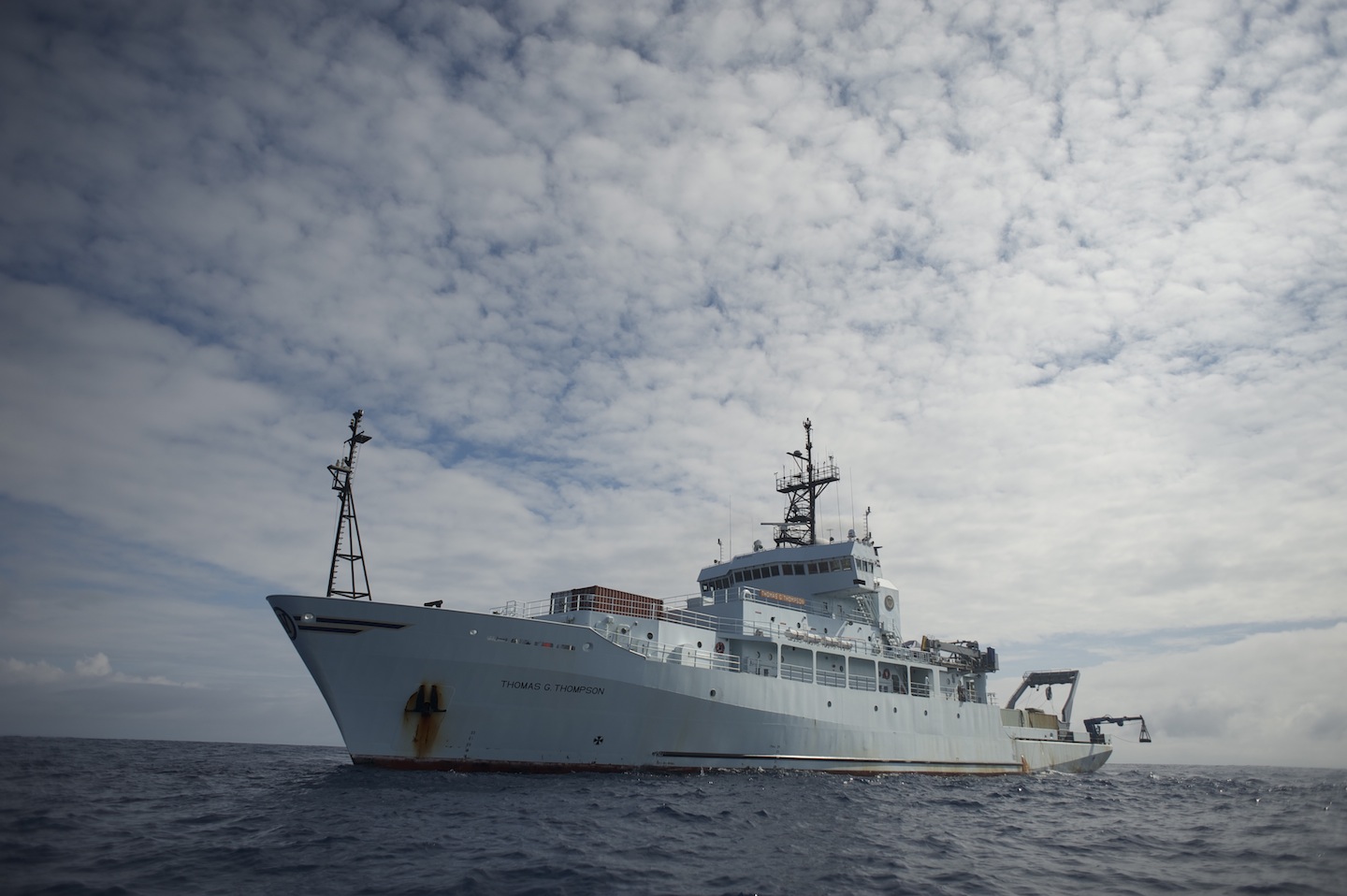

The Regional Cabled Array (RCA) Team is full out preparing for this years’ 41-day (August 11-September 20, 2023) Operations and Maintenance expedition funded by the National Science Foundation (NSF). The cruise will take place onboard the University of Washington’s global class research vessel the R/V Thomas G. Thompson hosting the remotely operated vehicle (ROV) Jason. As with previous cruises, this will be an incredibly exciting expedition and a highly complex field season with installation of science pods on moorings rising up to 8860 ft from the ocean floor, the recovery and reinstallation of over 200 instruments, numerous small seafloor substations, and turning of two 1650 ft- to 8200 ft-tall profiling moorings.

Staffing alone includes 144 berths for scientists, engineers, students, and the ROV Jason crew over the cruise duration. This field season will be the ninth Ocean Observatories Initiative (OOI) RCA Operations and Maintenance cruise for the RCA. Twenty five undergraduates will sail as part of the UW’s experiential at-sea learning program where they will work side by side engineers, scientists and the ROV pilots. During the expedition, they will work on research and engagement projects, gain experience in deck operations and will be directly involved in the ROV dives, which include visiting the most active undersea volcano off our coast ‘Axial Seamount’, Southern Hydrate Ridge where explosions of methane bubbles issue from the seafloor, and witness odd creatures thriving in complete darkness that live 9500 ft beneath the oceans surface. Information on the cabled observatory, including descriptions of all work sites, state-of-the-art technologies and instrumentation on the array, and rich biological communities that thrive off our coast in some of the most extreme environments on Earth can be accessed on our website.

Here you may explore over 3000 stunning images of the deep sea, environments rarely observed by humans, and can also explore the wealth of data streaming live from the array on our Data Portal. We hope that you join us on this amazing adventure.
